Why use Van Gogh in Art Lessons?
Vincent Van Gogh is a brilliant artist to inspire children in primary school. A classic example of the starving artist struggling for recognition. Yet despite his tragic life, he never gave up in his quest to become a great painter, despite selling one painting in his lifetime. He is now regarded as one of the great stars of the art world. There is much more to Van Gogh than sunflowers and very much more for the children to learn, than simply making reproductions of his paintings.
Van Gogh Lesson ideas
Using Van Gogh in Art lessons is a great idea. Do you need a few ideas of where to start? Check out this page for brilliant Van Gogh art lesson ideas. You might also want to include some of the following points into your art lesson to enhance children’s understanding.
Let’s look at his life and work how it might be used in art teaching to stimulate debate. Van Gogh is a complex character and some aspects of his life are controversial, so I shall leave you to decide how you approach his drinking, his habit of eating paint when starving, his syphilis, his suicide etc. but here are some general points that should be made.
His life
Never giving up
Van Gogh was a failure in a lot of ways because he found relationships difficult, especially with women. He tried to become a teacher, an evangelical preacher and a gallery dealer, but failed in all. Yet despite this he continued to strive to be successful. When he finally took up art at the age of 27 he embarked on 10 years of hardship. But, he did not give up – an important point to make – and despite his problems he created memorable paintings.
Striving for success
Despite his failure to sell his paintings, he continually strove to improve his technique in drawing and painting. By constant practice, often working 24 or 48 hours virtually non-stop, his drawing and painting improved immeasurably. Although the hard work did not pay off in his lifetime, shortly after his untimely death, the world began to recognise what a wonderful painter he was.
Helping others
His brother ,Theo, supported Van Gogh both morally, spiritually and financially throughout his life. Van Gogh simply could not have survived without that support. Brotherly love and helping others, when often they are very difficult and sometimes ungrateful, is a good example of unconditional love.
His Work
Van Gogh’s early drawings, dating from around 1880/82 are sometimes crude in execution. But with constant practice from observation, his drawings, especially from 1884/5, show a mastery, that is wonderful. His drawings have this ability to capture the raw feeling, emotion and drudgery of peasants working in the field. Just a few fleeting marks with his pencil seem, in some cases, to capture the whole being of a person. A very rare skill indeed.
Compare his paintings before and after he went off to Paris around 1885/6, there are important differences. Before Paris his paintings are very much influenced by his visits to museums in Holland and seeing work from past centuries. His colours are subdued, often dark – The Potato Eaters is a good example. In Paris and Arles his colours become very bright – influenced by the Impressionists. The influence of Cezanne and Gauguin affect his brush strokes which become more pronounced and bolder.
Because Van Gogh wrote over 900 letters to his brother, we often know exactly how he was feeling when many of his paintings were produced. What is remarkable is that despite the subject of his paintings, they are all, to a certain extent, self-portraits.
As his mental breakdown and epileptic fits became more apparent in 1888 his work becomes more aggressive. The brush marks begin to swirl and become shorter and often thicker; his colours become bolder and contrast more aggressively.
One interesting point; a number of his later works such at ‘The Church at Auvers’ June 1890 and ‘Crows over the Wheatfield’ July1890 have almost night skies – very dark blue – and yet bright, golden foregrounds of light greens and oranges. Some people believe Van Gogh was bipolar; if so, perhaps subconsciously the skies and the foregrounds represent the very optimistic highs and deep depressive lows he was feeling in the last months of his life.
As you can see lots of interesting ideas that can be incorporated into your art teaching and art lessons.
Check out my Art History Youtube Channel for lots of videos about the lives of famous artists designed for schools.
Check out my YouTube Channel
for great How to Draw tutorials designed for children



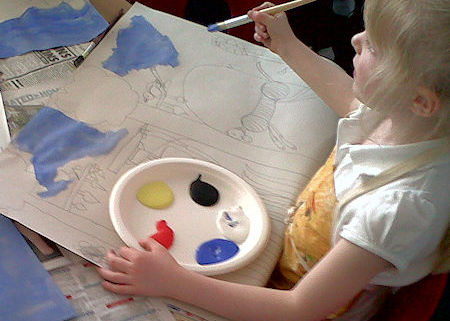
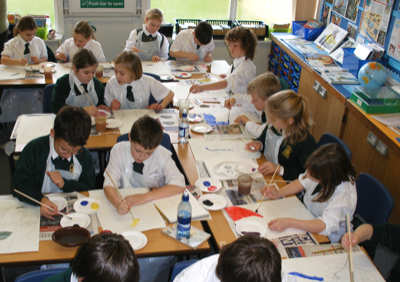

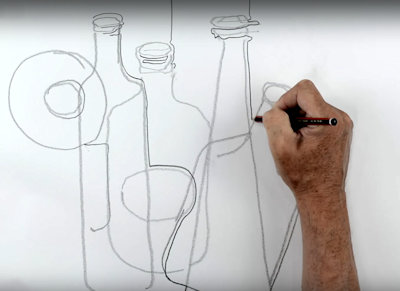
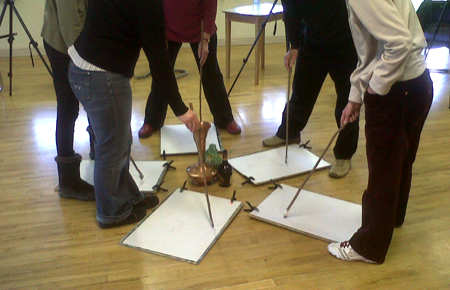
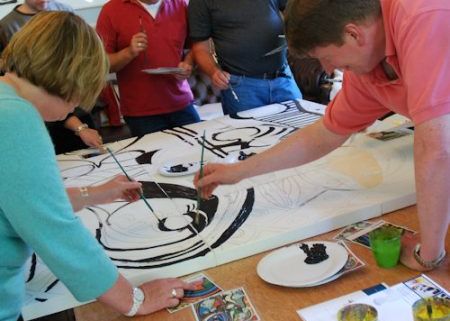
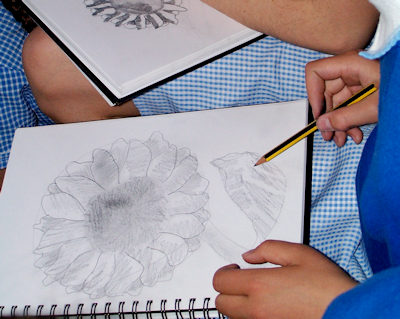
Comments
No comment yet.